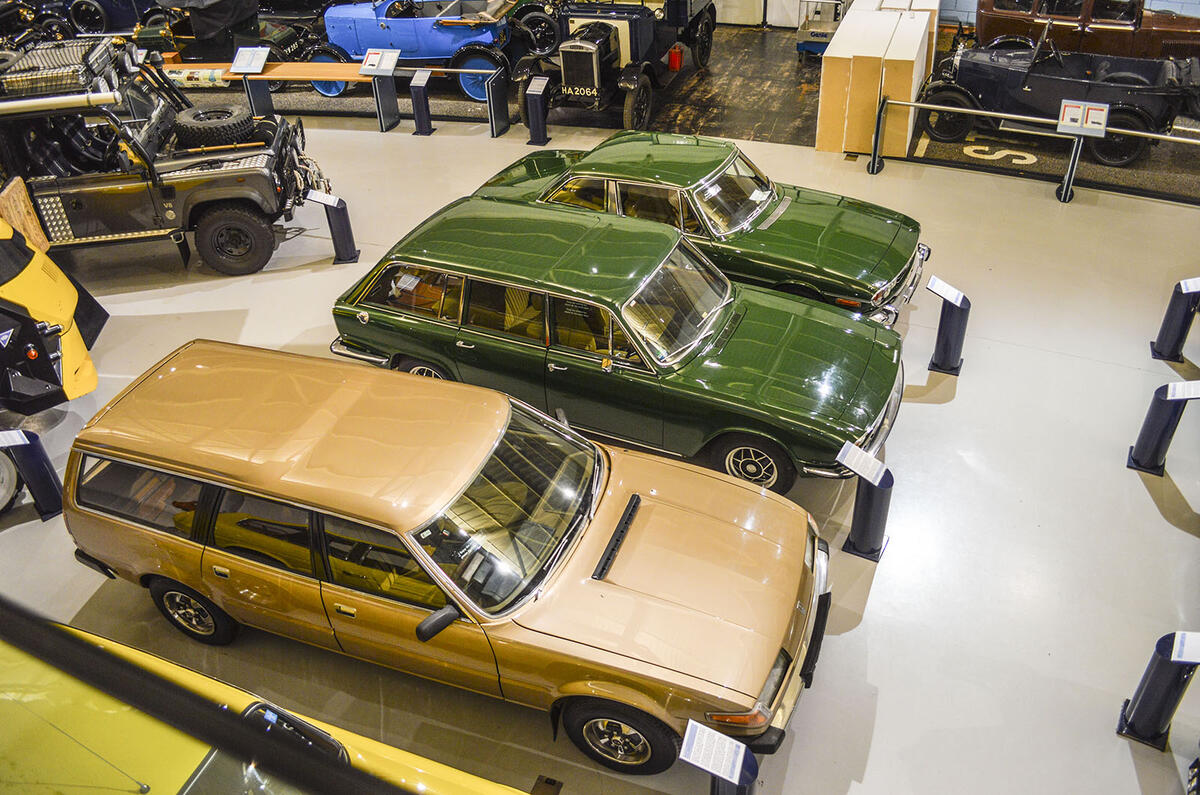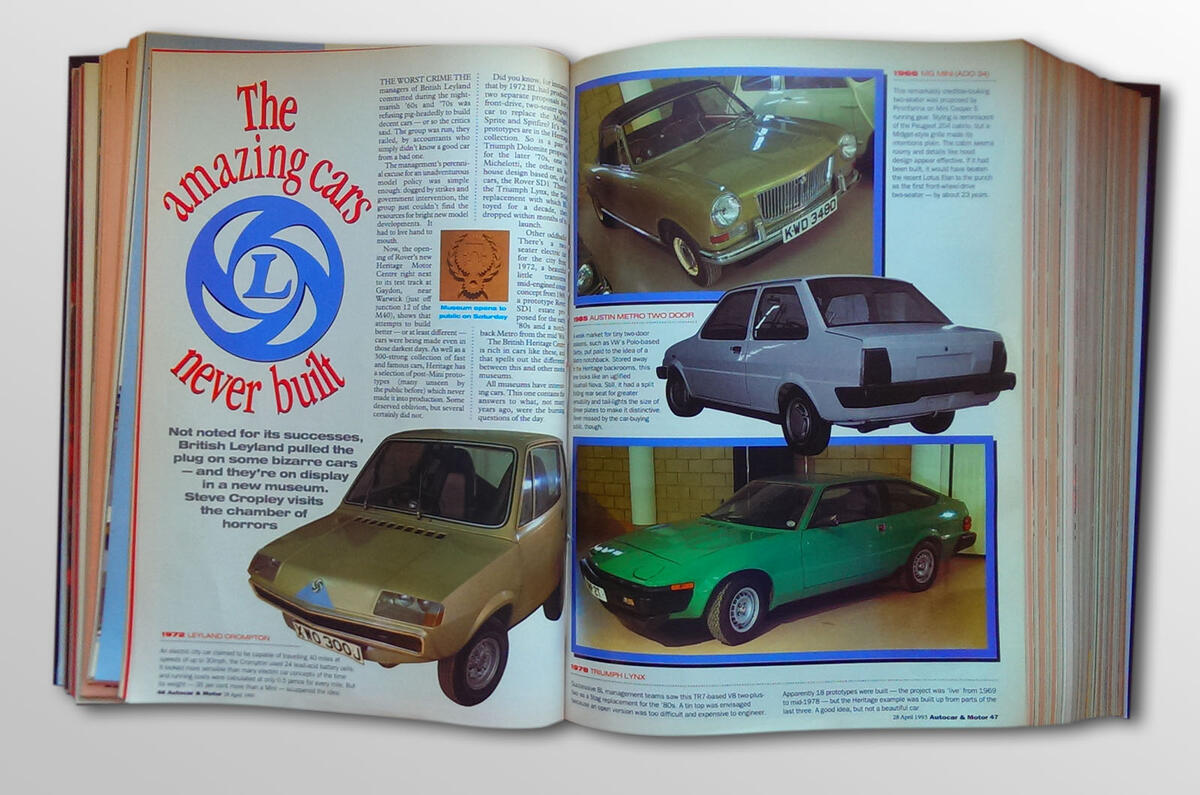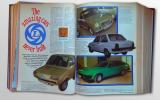Not noted for its successes, British Leyland pulled the plug on some bizarre cars, and when the Heritage Motor Centre opened in 1993, the public got its first chance to view them.
Autocar’s Steve Cropley was one of the first people through the doors of the museum, just off junction 12 of the M40. What he saw highlighted some of the good, the bad and the downright ugly from BL’s chequered history.
He wrote: “The worst crime the managers of British Leyland committed during the nightmarish 1960s and 1970s was refusing pig-headedly to build decent cars – or so the critics said…
“The management’s perennial excuse for an unadventurous model policy was simple enough: dogged by strikes and government intervention, the group just couldn’t find the resources for bright new model developments. It had to live hand to mouth.
“The opening of the Heritage Motor Centre shows that attempts to build better – or at least different – cars were being made even in those darkest days. As well as a 300-strong collection of fast and famous cars, Heritage has a selection of post-Mini prototypes which never made it into production.”
From 1966, there was the front-wheel-drive MG Mini, described by Cropley as a “remarkably credible-looking two-seater proposed by Pininfarina on Mini Cooper S running gear”.
Three years later came the Austin Zanda, a “transverse mid-engined coupé conceived around the Austin Maxi power pack ostensibly to demonstrate the exotic shapes the computer-controlled presses could concoct… Sadly, it never went beyond mock-up stage”.
BL cooked up an electric car in 1972, the Leyland Crompton. Our man wrote: “It looked more sensible than many electric car concepts of the time and running costs were calculated at only 0.5p for every mile. But its weight… scuppered the idea”.
Rover’s chunky SD1 could have spawned an estate, as a 1976 concept proved: “It got close enough to production to be used on public roads by BL’s then boss Michael Edwardes. Then again, all SD1s had a hatchback anyway so this Rover estate never went into production”.
Next up was 1978’s Triumph Lynx. “BL management teams saw this TR7-based V8 two-plus-two as a Stag replacement for the 1980s. Apparently 18 prototypes were built and the project was ‘live’ from 1969 to mid-1978.”
Another stand-out was the angular Austin Metro two-door from 1985. Cropley wrote: “A weak market for tiny two-door saloons put paid to the idea.”
The collection highlighted that BL was full of ideas, even if many of them proved ill-fated. “Some deserved oblivion, but several certainly did not,” Cropley concluded.
Previous Throwback Thursdays
4 March 1899 - Steam, electric or combustion engine?
14 February 1913 - 100 miles in one hour
8 April 1916 - Making post-war predictions
25 March 1922 - Caterpillar tracks are the future
2 February 1934 - The ethics of skidding
21 January 1949 - Tidier tails
24 April 1959 - Aston Martin enters Formula 1
27 January 1961 - Ford Thunderbird road test
19 January 1980 - Talbot Horizon road test
13 February 1982 - 4x4s tested on the farm
17 April 1985 - Secrets of a lost British supercar
16 March 1994 - Bentley's Concept Java
16 April 1997 - When Bugatti bit the dust
4 April 2001 - 0-260mph in 6.0 seconds
Get the latest car news, reviews and galleries from Autocar direct to your inbox every week. Enter your email address below:







Join the debate
Add your comment
The SD1 still looks great
Pininfarina
Reassuring